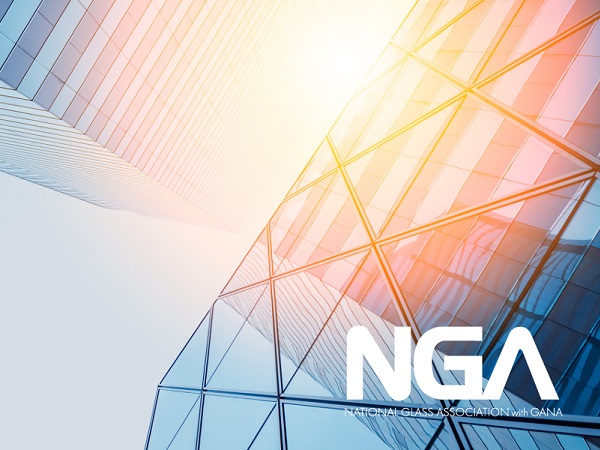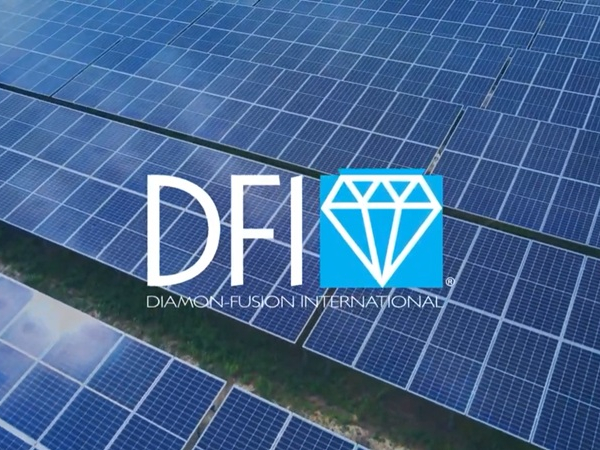Date: 15 June 2012
The study also found that while the volume of work for U.S. architectural firms overseas has remained steady, they are completing more projects in China, Canada and the Middle East.The PPG survey indicated that architects are almost evenly split on whether they have specified clean-energy generating elements, such as solar panels and mini wind turbines, for building projects.While 42 percent of respondents reported having done so, nearly three-quarters (74 percent) said they expect to do so in the future. Most said they see new incentives and falling technology prices driving this trend, as well as the positive sentiment associated with clean energy.
When asked to name the most important characteristics for green building product selection, architects cited product durability most often, followed by life-cycle assessment, product certification and product transparency. When choosing a building product manufacturer, they said product durability was the most critical feature, narrowly leading customer responsiveness, product warranties, product features and technical support.
Consistent with PPG’s last survey in 2008, 30 percent of participating firms reported doing work outside the U.S. In contrast, though, the number of firms completing projects in China doubled from 15 percent to 30 percent, in Canada increased from 16 percent to 27 percent and in the United Arab Emirates (UAE) jumped from 8 percent to 22 percent. Fourteen percent of firms reported projects in India, followed by 13 percent in Saudi Arabia and 12 percent in the United Kingdom.
Manufacturer websites (86 percent) remain the primary source of product information for architects. Search engine use (72 percent), which has more than doubled since 2006, was next. Traditional sources of product information such as manufacturer representatives (63 percent) and printed binders (43 percent) remain popular as well.
Among the additional survey findings:
- PPG was named by 25 percent of responding architects as a top green building company. Category leaders were Armstrong at 43 percent, and at 38 percent each Lutron Lighting, Owens-Corning and USG.
- Among architectural glass manufacturers, PPG was named by 42 percent of respondents as a sustainability leader, far outpacing Pilkington/NSG (11 percent) and Viracon (10 percent). PPG also was named as the most preferred architectural glass brand (49 percent), topping runners-up Viracon (17 percent) and Oldcastle (12 percent).
- PPG was the second most frequently identified brand for leadership in coatings sustainability (14 percent), trailing only KYNAR 500(R) coatings (45 percent). Among the most preferred exterior fluoropolymer coatings brands, PPG was second (6 percent) and DURANAR(R) coatings fourth (3 percent).
- PPG PITTSBURGH PAINTS(R) brand was mentioned by 5 percent of responding architects as a sustainability leader for paint, making it third in that category. PPG PORTER PAINTS(R) joined a cluster of paint brands at 1 percent awareness.
- PPG was the fifth most recognized brand (with unaided awareness) in the building products industry, behind USG, Armstrong, Kawneer and CertainTeed.
The online survey was completed by 686 qualified architects, producing ±3.7 percent accuracy at the 95-percent confidence level. It reached a representative cross-section of U.S. architects by firm size, geography, job title and years of experience.
PPG: BRINGING INNOVATION TO THE SURFACE.(TM)
PPG Industries' vision is to continue to be the world’s leading coatings and specialty products company. Through leadership in innovation, sustainability and color, PPG helps customers in industrial, transportation, consumer products, and construction markets and aftermarkets to enhance more surfaces in more ways than does any other company. Founded in 1883, PPG has global headquarters in Pittsburgh and operates in more than 60 countries around the world. Sales in 2011 were $14.9 billion. PPG shares are traded on the New York Stock Exchange (symbol: PPG). For more information, visit www.ppg.com.
.jpg)
The Port Pavilion on Broadway Pier in San Diego features DURANAR(R) VARI-COOL(R) coatings by PPG. In a nationwide survey of architects, PPG coatings ranked second for leadership in coatings sustainability. Duranar VARI-Cool coatings change color depending on the angle from which they are viewed and, compared to conventional metal coatings, help buildings stay cooler and use less energy. (Photography by Zack Benson Photography)
.jpg)
Terminal B at the Norman Y. Mineta San Jose International Airport was the first building to feature DURANAR(R) powder coatings, which are formulated by PPG to provide the same long-term durability as Duranar liquid coatings but in an environmentally advanced, ultra-low-VOC powder. PPG and Duranar coatings both ranked among the top four preferred brands for exterior fluoropolymer coatings in a recent nationwide survey of architects conducted for PPG. (Photography by ©MikkiPiperImaging)
.jpg)
In a recent PPG-commissioned survey of U.S. architects, durability was cited as the most important characteristic for green building products. CORAFLON(R) and DURANAR(R) fluoropolymer coatings by PPG, pictured here on Children’s Hospital of Pittsburgh of UPMC, both offer industry-leading durability as well as vibrant color and gloss retention. PPG glass and PPG PITTSBURGH PAINTS(R) PURE PERFORMANCE(R) paint also were specified for the building. (Photography by Jim Schafer)
.jpg)
Manufacturer websites (86 percent), such as the PPG IdeaScapes website at www.ppgideascapes.com, remain the primary source of product information for architects. To see a full photo gallery of PPG projects such as Streeter Place in Chicago, pictured here – which features SOLARBAN(R) 60/AZURIA(R) and STARPHIRE(R)/Solarban 60 glasses by PPG – visit the PPG IdeaScapes site.












Add new comment